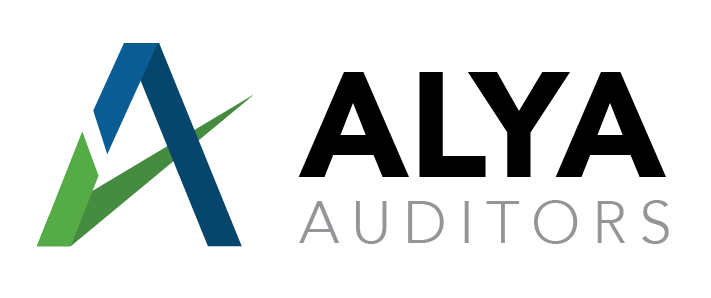A cash flow statement is a financial statement that provides aggregate data regarding all cash inflows a company receives from its ongoing operations and external investment sources. It also includes all cash outflows that pay for business activities and investments during a given period.
A company’s financial statements offer investors and analysts a portrait of all the transactions that go through the business, where every transaction contributes to its success. The cash flow statement is believed to be the most intuitive of all the financial statements because it follows the cash made by the business in three main ways—through operations, investment, and financing. The sum of these three segments is called net cash flow.
The cash flow statement is one of the primary financial statements used in business operations, including small businesses. Creating a cash flow statement illustrates the amount of cash the business generated during the reporting period. The cash flow statement also details the cash used during the period, helping management see where the money is going and differs. The cash flow statement consists of three primary sections plus an optional supplemental section. It shows how much money is available for your business to finance continued operations and growth.
A cash flow statement consists of three sections exploring operating activities, investing activities, financing activities and also features supplemental information in a special section.
Cash from Operating Activities
The first section of the cash flow statement illustrates the cash your business received and used during normal operating activities. This section details the changes in the ledger account balances for your current assets and current liabilities. These accounts are accounts payable, accounts receivable, prepaid insurance and unearned revenues. When you sell products or services, that activity is reported here.
Cash from Investment Activities
The second section is dedicated to investment activity. All of your company’s investments are listed under this category. Any purchase or sale of property, equipment and plants also qualify under the investment section. The ledger accounts to review for this section include the long-term investments account, vehicles, capital equipment accounts, land and buildings. If you run a cafe or restaurant, buying a new grill or oven would qualify under this section. Report any equipment you buy for your regular business operations here.
Cash from Financing Activities
The third section of the cash flow statement lists the information for the company’s financing activities. Financing activities include purchases of bonds and stock as well as dividend payments. Some of the applicable ledger accounts include your capital equipment and paid-in capital accounts, notes and bonds payable, stock and retained earnings.
For a small business, one of the most common financing activities for this section is from the Small Business Administration. If you secured an SBA loan to help you establish or grow your business, that loan should be reported here.
Include Supplemental Information
Any information that relates to interest earned on an interest-bearing account or the amount of income taxes paid in a reporting period is classified under a supplemental section at the end of the cash flow statement. This section is also used to record any significant exchanges that did not involve a cash transaction, such as exchanging stock. Small businesses may not record stock, but if you use an interest-bearing business bank account, you should report that information here.


